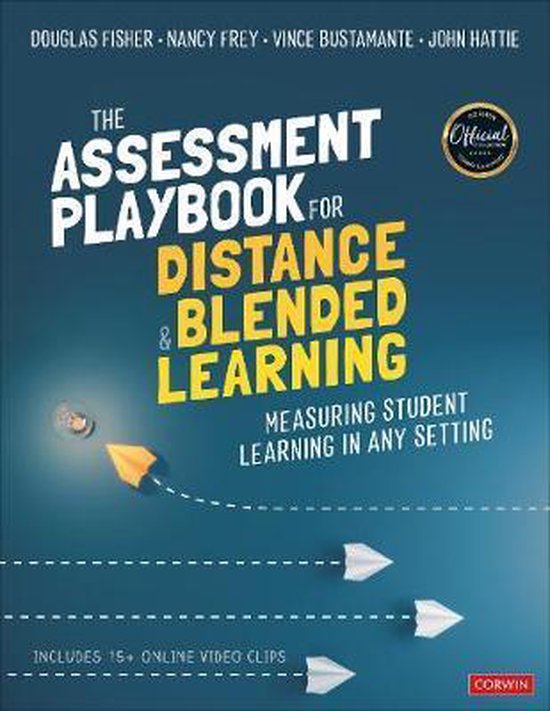Design assessments that measure and target student learning in both face-to-face and distance learning environments Assessments are the essential link between teaching and learning, yet the assessments used in face-to-face classrooms are not always practical or impactful in remote learning environments. Now that teachers are teaching from a distance, how will you assess what your students have learned? Tapping the expertise of teachers who are successfully engaged in distance learning, The Assessment Playbook for Distance and Blended Learning answers that question. Rich with a wide range of examples, strategies, and assessments that can be leveraged with rigor and fidelity regardless of learning environment, this practical playbook empowers teachers with the decision-making tools needed to gauge the impact of instructional strategies in today's rapidly evolving educational landscape. It features * Assessment cookies, or insights that endure in any distance or hybrid learning environment and can be used to inform assessment decisions, including the understanding that everything is searchable. * A robust playlist of distance learning assessment tools-including universal response, teach-back opportunities, composing, taking action, self-assessment, and peer assessment-that teachers can mix and deploy to match every learning intention. * Information on how to evaluate the impact of your teaching on student learning-and how assessment can guide your teaching moves * Characteristics of formal tools of evaluation, such as tests, longer essays, and performance tasks that teachers can use in distance learning environments to document learning for reporting purposes. Designed properly, assessments implemented through the lens of distance and hybrid learning can yield significant impact for student achievement, both in the pandemic teaching of today, and in the educational contexts of the future.
